Rising Demand for Energy Efficiency
The Industrial Lubricants Market experiences a notable surge in demand for energy-efficient solutions. Industries are increasingly focusing on reducing operational costs and enhancing productivity, which drives the need for high-performance lubricants. According to recent data, energy-efficient lubricants can reduce energy consumption by up to 10%, making them an attractive option for manufacturers. This trend is particularly evident in sectors such as automotive and manufacturing, where the efficiency of machinery directly impacts overall performance. As companies strive to meet sustainability goals, the adoption of energy-efficient lubricants is likely to continue growing, thereby propelling the Industrial Lubricants Market forward.
Expansion of Manufacturing Activities
The Industrial Lubricants Market is significantly influenced by the expansion of manufacturing activities across various sectors. As economies recover and grow, there is an observable increase in production capacities, which necessitates the use of high-quality lubricants to ensure smooth operations. For instance, the manufacturing sector is projected to grow at a compound annual growth rate of approximately 4% over the next few years. This growth is likely to drive the demand for industrial lubricants, as they play a crucial role in reducing wear and tear on machinery, thereby enhancing the longevity and efficiency of equipment. Consequently, the expansion of manufacturing activities is a key driver for the Industrial Lubricants Market.
Growth in Automotive and Transportation Sectors
The growth in the automotive and transportation sectors serves as a vital driver for the Industrial Lubricants Market. As vehicle production increases, the demand for high-performance lubricants that enhance engine efficiency and reduce emissions becomes paramount. The automotive sector is projected to witness a growth rate of approximately 5% annually, which directly correlates with the rising need for advanced lubricants. Furthermore, the shift towards electric vehicles is also influencing lubricant formulations, as new technologies require specialized lubricants. This evolving landscape in the automotive and transportation sectors is likely to propel the Industrial Lubricants Market to new heights.
Regulatory Compliance and Environmental Standards
The Industrial Lubricants Market is also shaped by stringent regulatory compliance and environmental standards. Governments worldwide are implementing regulations aimed at reducing environmental impact, which compels manufacturers to adopt eco-friendly lubricants. The demand for biodegradable and non-toxic lubricants is on the rise, as companies seek to comply with these regulations while maintaining operational efficiency. It is estimated that the market for environmentally friendly lubricants could grow by over 6% annually in the coming years. This shift towards compliance and sustainability is likely to be a significant driver for the Industrial Lubricants Market.
Technological Innovations in Lubricant Formulations
Technological innovations in lubricant formulations are reshaping the Industrial Lubricants Market. The development of synthetic and bio-based lubricants has gained traction, offering superior performance and environmental benefits. These advanced formulations are designed to withstand extreme conditions, thereby extending the service life of machinery. Recent advancements indicate that synthetic lubricants can improve equipment efficiency by up to 15% compared to conventional options. As industries increasingly prioritize performance and sustainability, the shift towards innovative lubricant formulations is expected to accelerate, further driving growth in the Industrial Lubricants Market.
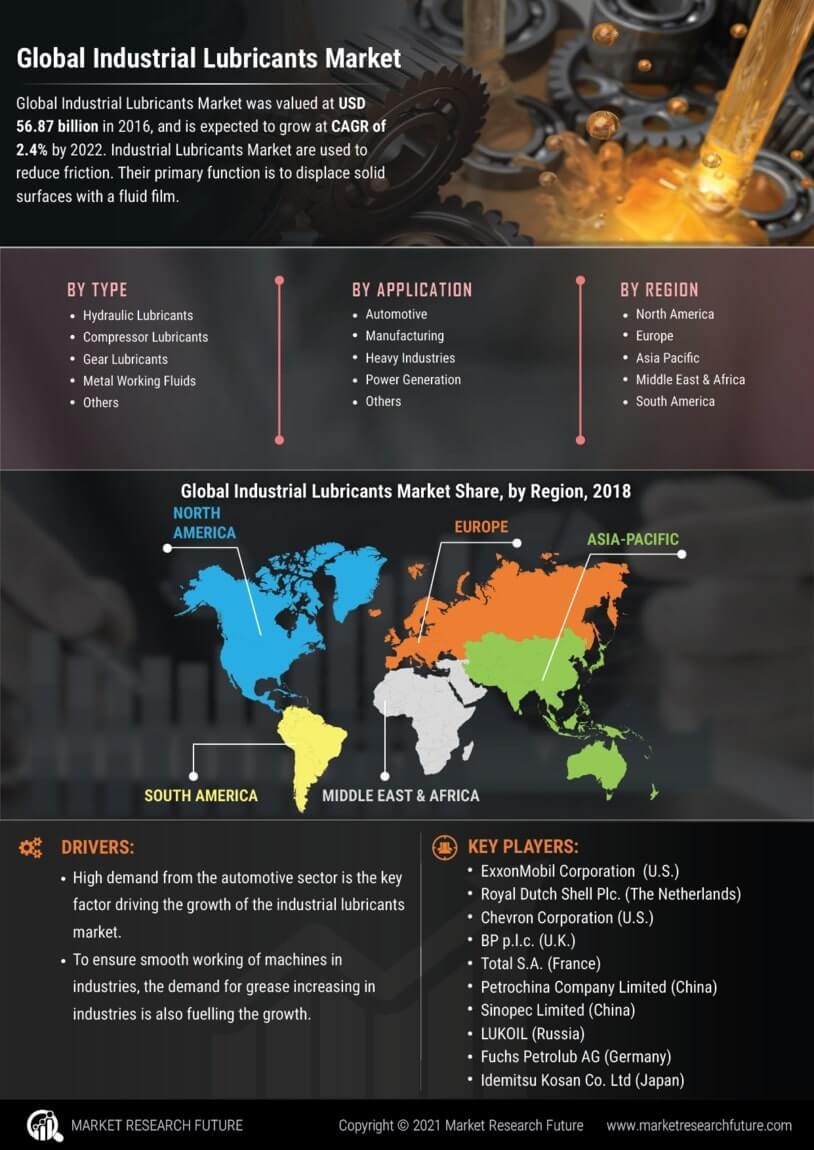

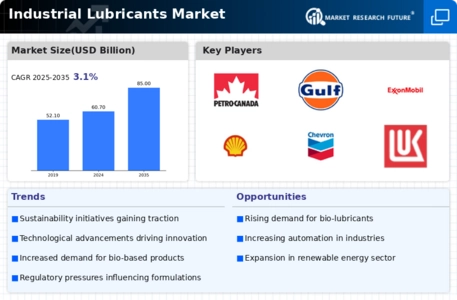
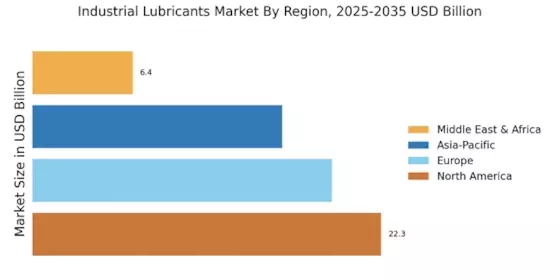
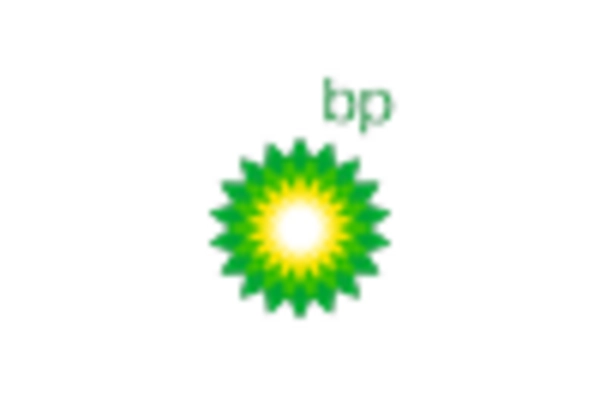
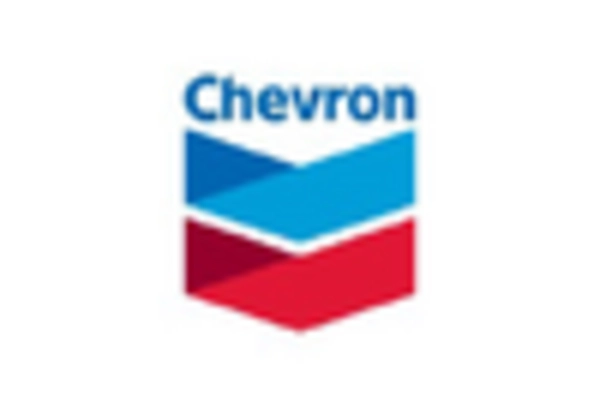
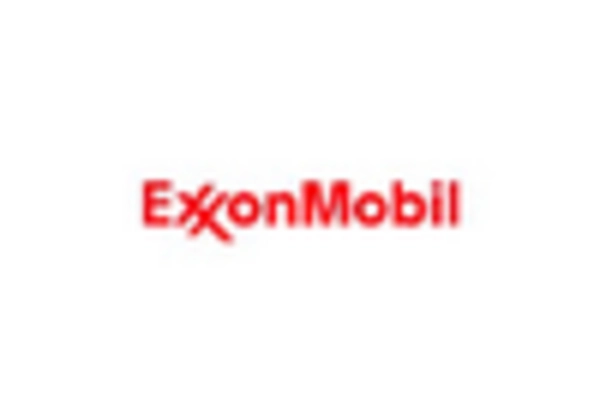
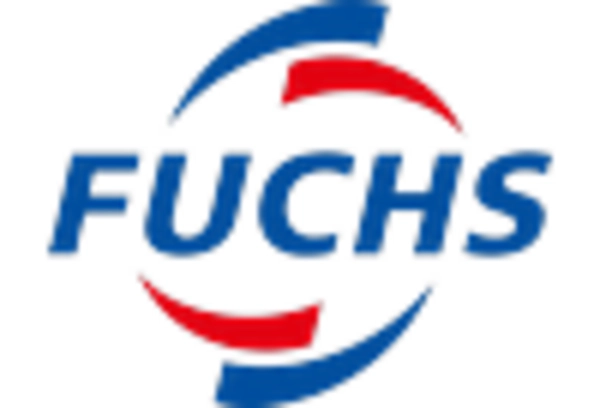
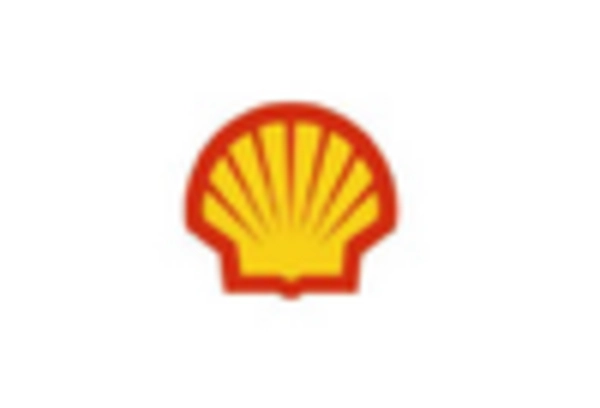
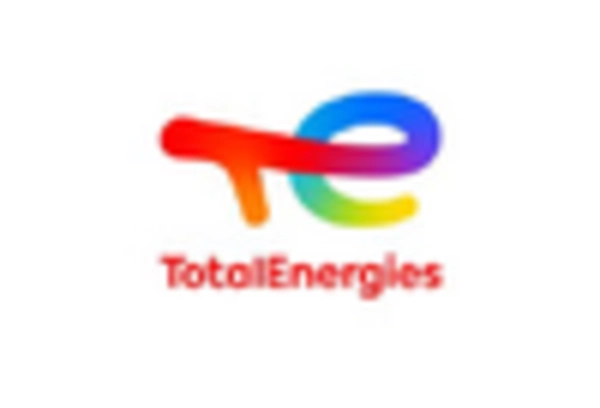








Leave a Comment